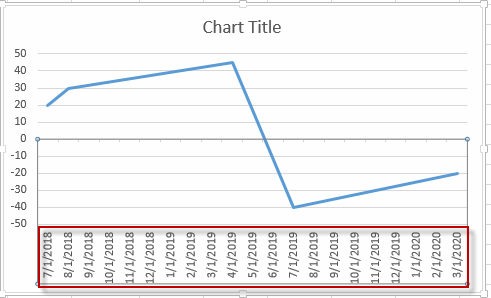
(This is also a good exercise if you like the Accounting format, as I usually start with Accounting as a base before I make custom formatting adjustments.) In this view, you can also see all the custom formatting adjustments that go into creating the Accounting format. date and time formats) and that you don’t necessarily have to specify the condition for zeroes or text values. Please note that in some special cases, these conditions are not relevant (ie. The first thing you should notice is that all custom number formats follow a basic syntax:īetween each of the semicolons is where you define the formatting for each of the conditions specified. Now in the column of formatting options, Select – Custom Hit CTRL + 1 to open up the Format Cells menu Select a cell and make it “Accounting” format using the home section of the Excel ribbon To get a sense of how custom number formatting works: Custom formatting is like having your cake and eating it too it allows you to improve the appearance of your outputs while still maintaining the integrity of your data inputs. Once you master the custom number formatting syntax, you can avoid both of these issues.

At that point, any changes made to the original 1,000,000 value will not translate through to what is displayed.

He or she simply hardcodes the value by typing in 1.0 M. In doing so, not only does he add an additional step in his model, but such a step is also rarely documented, which can create confusion if the work needs to be handed off to another person.Īn even worse case if is the user decides to remove the link between the display value and the actual value altogether. Instead of using formatting, the user decides to divide his value by 1,000,000 and concatenates an “M” to the end of it. People who don’t understand custom number formatting will often go through the process of changing their data values rather than just the presentation of those values.įor example, consider a user who wants to show 1,000,000 as 1.0 M. Please keep in mind that this is different than conditional formatting which, while allowing you to change the font, font size, text color, and highlighting, does not allow you to change the actual data that appears. It allows you to change the appearance of your data without actually changing the data value The key benefit of custom number formatting is: Understanding and mastering this feature can greatly enhance the Visual Design of your Excel workbooks.

Because it’s buried deep in the cell formatting menu and has very little documentation, Excel’s custom number formatting is probably its most underutilized feature.


 0 kommentar(er)
0 kommentar(er)
